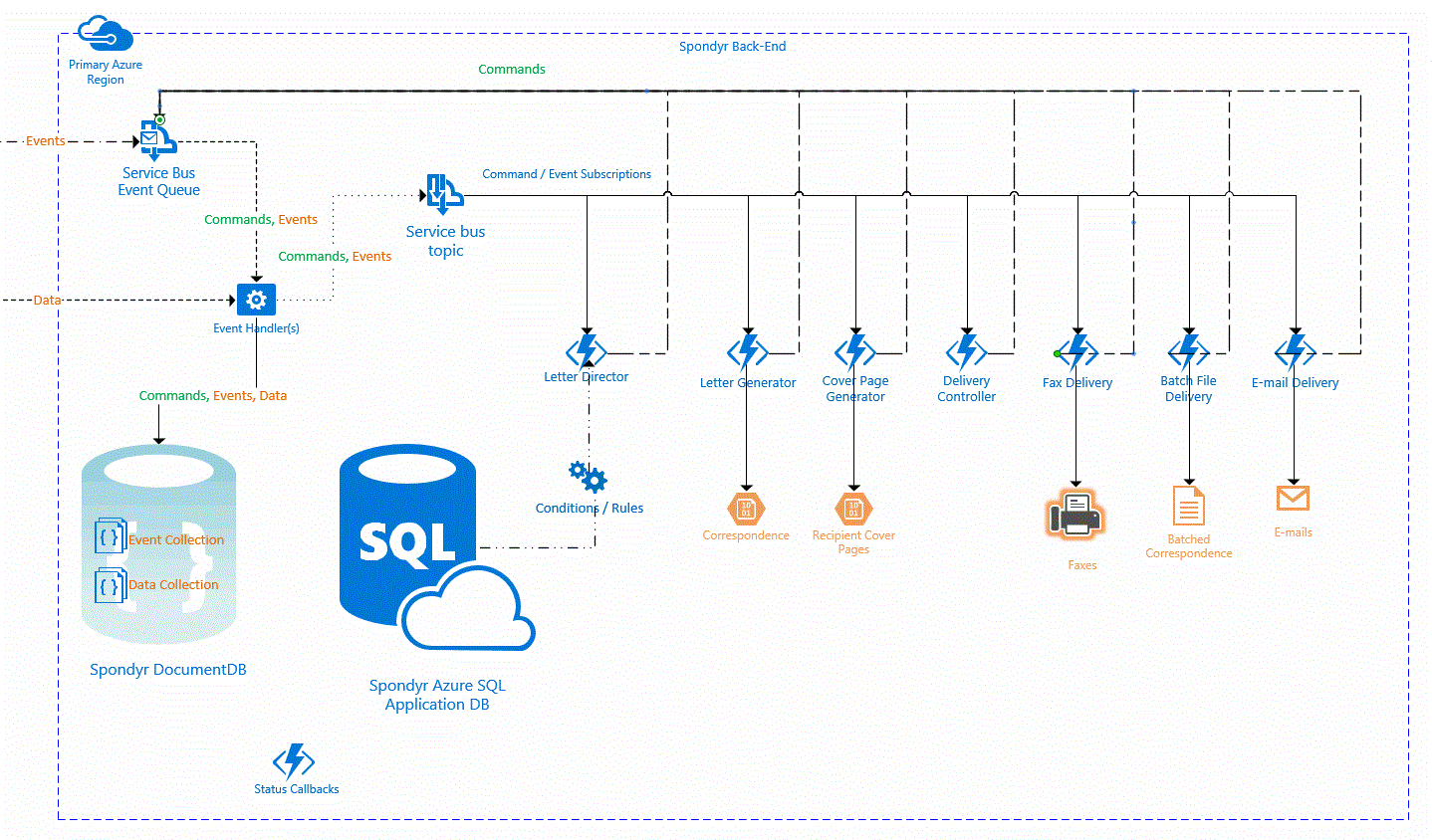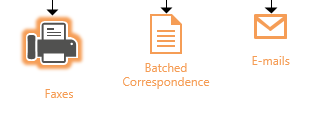See How It Works
1. Create your JSON data model
Identify the types of transactions that take place in your application. Create a JSON data model for each transaction type that will generate correspondence in Spondyr. Spondyr uses the JSON model(s) to map your application-specific data fields.

{
"OrderNumber": 12345,
"Date": "2/17/2017",
"Total": 20.00,
"Status": "New",
"Details": [
{
"ProductNumber": 7321,
"Name": "Product A",
"Price": 15.00
},
{
"ProductNumber": 1424,
"Name": "Product B",
"Price": 5.00
}
],
"Customer": {
"ID": "9827",
"FirstName": "John",
"LastName": "Smith",
"Email": "johnsmith@somedomain.com"
},
"Recipient": {
"FirstName": "Jane",
"LastName": "Williams",
"Address": {
"Street": "123 Main St",
"City": "San Jose",
"State": "CA",
"Zip": "94089"
}
}
}
2. Setup your document templates
Create your document templates and instantly preview the results by merging in sample data captured from your JSON model. Your first template can be ready to go in less than 5 minutes.
3. Connect your application to Spondyr
Link templates to your application transactions by defining conditional matching rules. Then add code to your application to send JSON to Spondyr when a transaction occurs.
4. Let Spondyr deliver
Spondyr evaluates all JSON transactions against the conditions you defined and determines when correspondence should be generated If desired, Spondyr will also transparently deliver your content using the best available delivery method for each recipient.



